The iPhone 15 series, and maybe a couple of iPhone 14 variants, will get USB-C connectivity later this year when the former gets introduced. It’s finally happening; Lighting is slowly dying. But you’ll still need the old cable for other iPhone accessories you might own.
That said, you really need to stop panicking about the Phone 15’s USB-C port and cables right now, no matter what some leaks might claim.
A leaker posted images of the iPhone 15’s purported USB-C port a few days ago. A different person got access to more photos of the port. This time, the images contain a purported Apple chip called 3LD3.
It’s unclear what this chip’s purpose is, with the leaker speculating it might have something to do with data encryption.
Or it might not be a genuine iPhone 15 part. We’ll only know about it once someone takes apart the iPhone 15 and iPhone 15 Pro models. That’s because the two devices might feature different USB-C functionality.
All USB-C cables will have to work with iPhone 15
Whatever the case, you shouldn’t freak out about the iPhone 15’s USB-C port or cable just yet. Not until we find out from Apple what the ports can do.
Yes, Apple will have a Made for iPhone (MFi) program covering iPhone 15 USB-C accessories, including cables. That’s in your interest. I’d want to ensure my cables are safe for top charging and data transfer speeds. I’d purchase USB-C cables with Mfi inscriptions on the box just to be safe.
But the USB-C cables you have around your house will, at the very least, let you recharge the iPhone 15 phones. That’s the whole idea behind the European Union’s charging standard. A charging standard that played a key role in Apple adopting USB-C so fast.
The EU won’t like it if, say, buyers discover that USB-C cables they already own don’t work with the iPhone 15. It’s a problem Apple doesn’t want to have. And the EU has been overreacting to iPhone 15 rumors already.
If you have iPads and Macs, those USB-C cables will recharge your iPhone 15 models. If you have Android, Windows, and other USB-C gadgets, those cables should also recharge your new iPhones.
Most people only care about charging their iPhones with a convenient solution. They have no reasons to worry.
What about iPhone 15 data transfer speeds?
But there are categories of iPhone users who will care about the USB-C ports and cables. If you want fast data transfers, you’ll want USB-C cables that support it. Rumors say only the more expensive iPhone 15 Pro and 15 Pro Max will support Thunderbolt transfer speeds.
In such a case, you’ll need Thunderbolt cables. Even Apple makes it clear on its website that not all USB-C cables it ships with devices support Thunderbolt speeds.
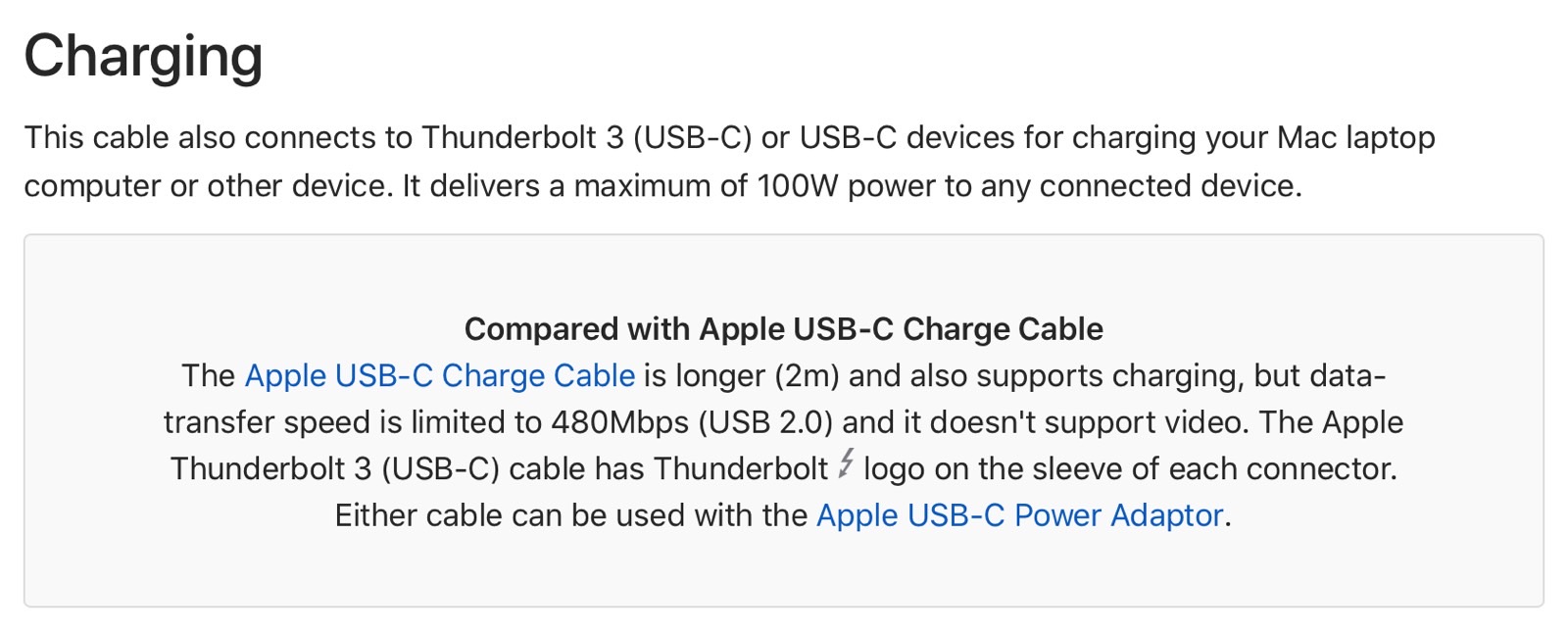
To tell a USB-C Thunderbolt cable apart from a regular USB-C cable, you should look for the Thunderbolt icon on the former.
I expect all four iPhone 15 models to ship with regular USB-C cables. If you need Thunderbolt speeds, you either have such a cable at home or will buy one.
What about fast-charging?
As for battery charging speeds, don’t get your hopes up. Just because the iPhones will support USB-C, don’t expect charging speeds like on Android. If anything, Apple might give charging speeds a minor bump.
Apple’s priority is battery longevity, especially now that some iPhone 14 Pro owners have started noticing faster battery health degradation on their devices. Increasing charging speeds might impact battery health.
Currently, the iPhone 14 supports maximum wired charging speeds of 20W. Unofficially, however, the iPhones can recharge at speeds of up to 30W with a larger charging brick. I’ve been using a 100W charger for all my iPhone 14 Pro’s wired and wireless charging. That means speeds between 15W and 30W. And my battery health is at 99% after nearly a year of use.
Should Apple bump charging speeds, then yes, it might require the use of certain cables to offer the functionality. That’s where the MFi program might come into play. But even if that were the case, it’s too early to worry about the iPhone 15’s USB-C functionality.
You’ve already won. At the very least, you’ll be able to use whatever USB-C cables you have around the house to recharge iPhones. And that’s the most important iPhone 15 feature here.
Source link

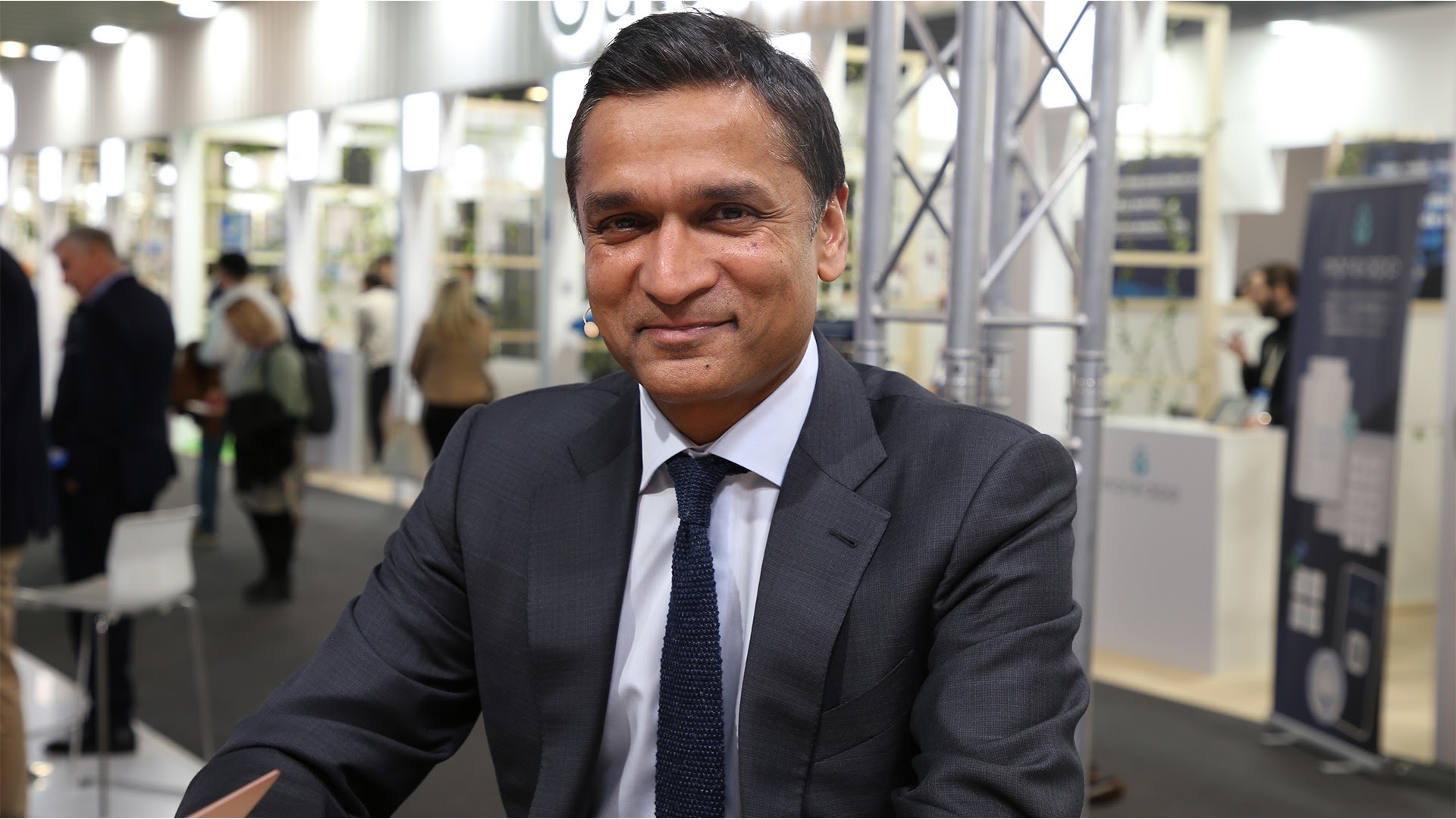
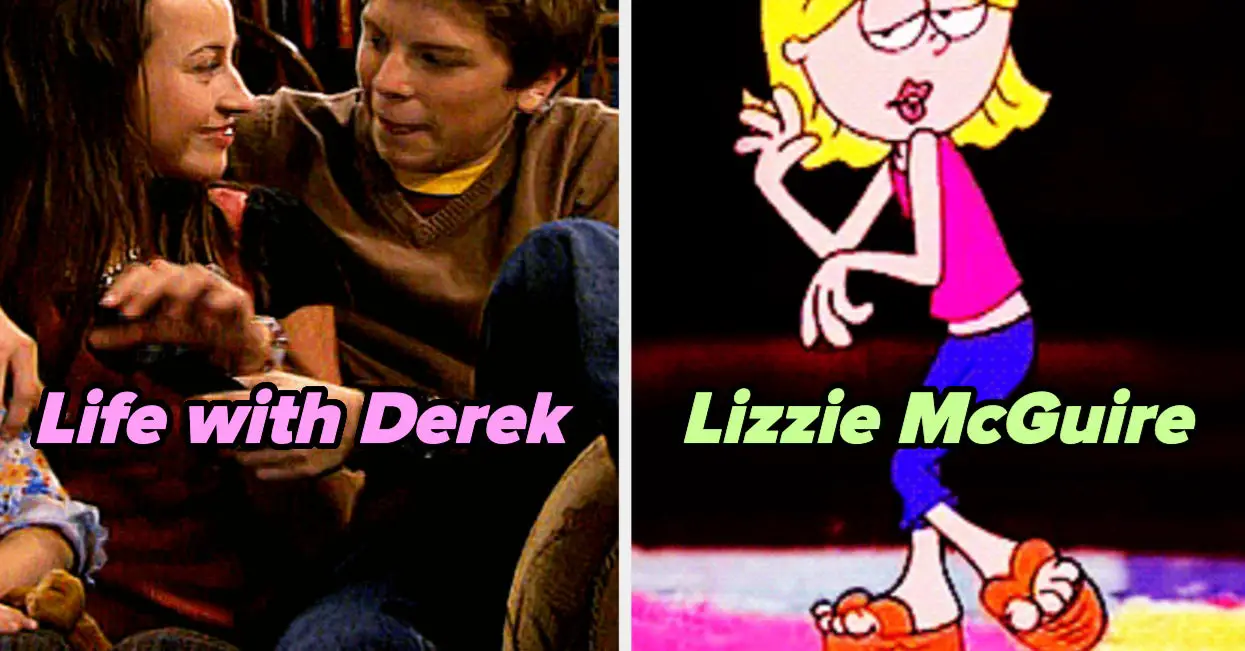
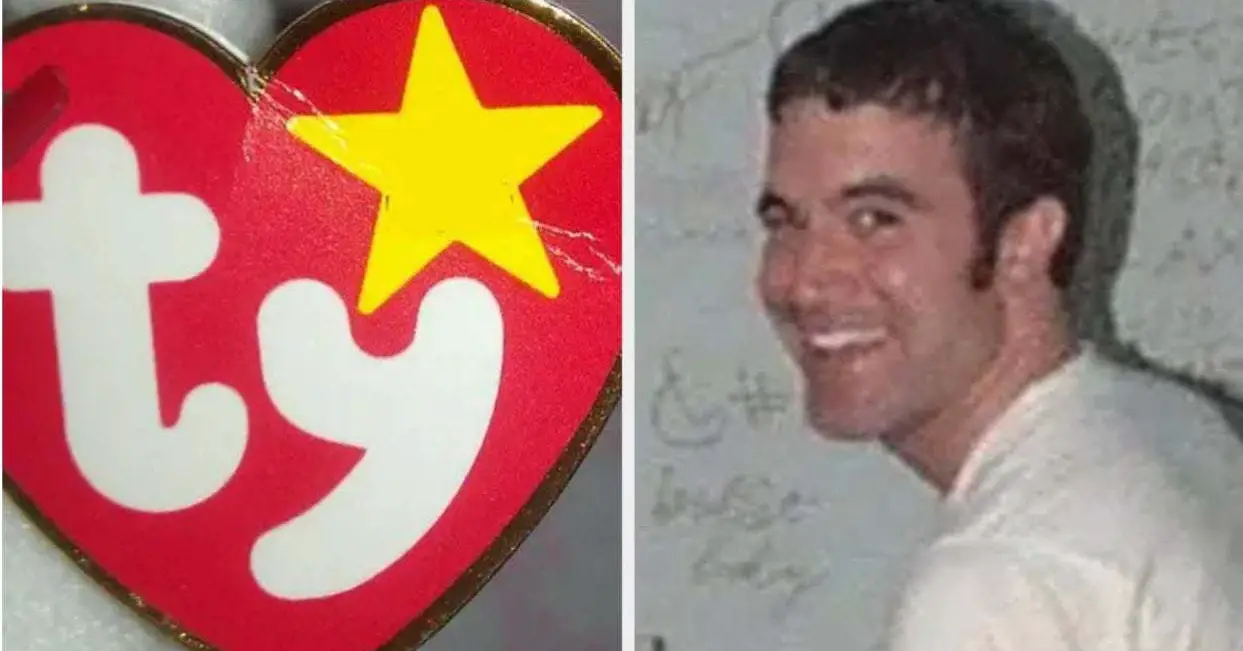
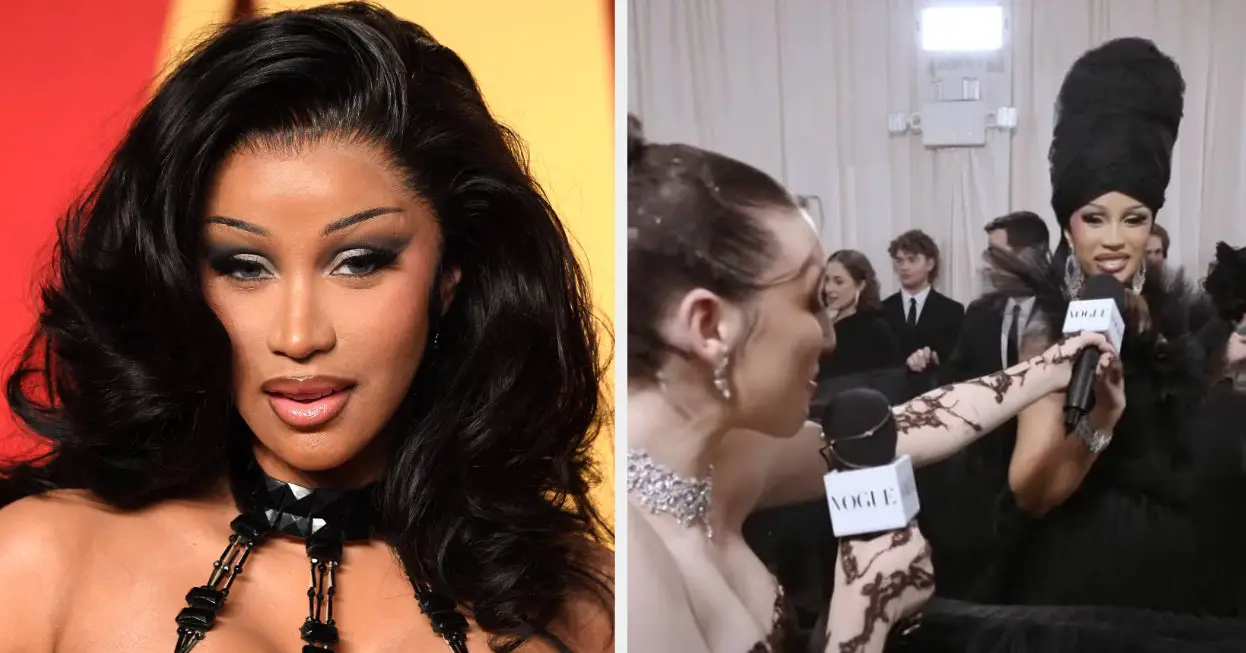





Leave a Reply